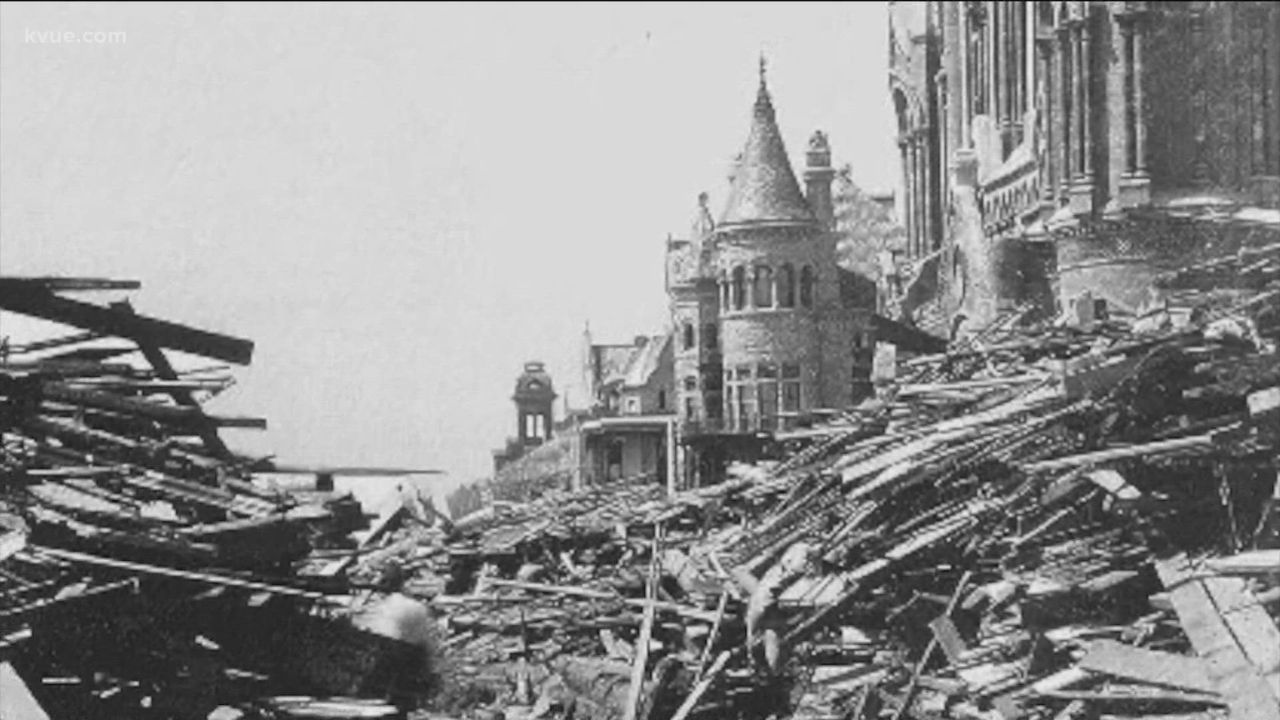Texas is not usually known for its seismic activity, but in recent years, the state has experienced a surge of earthquakes, mostly related to oil and gas operations. However, none of these tremors compare to the biggest earthquake in the history of Texas, which occurred on August 16, 1931, near the town of Valentine in Jeff Davis County.
This earthquake, with a magnitude of 5.8, was felt over an area of more than one million square kilometers (about 400,000 square miles), and caused significant damage to buildings and infrastructure. It also triggered landslides as far as the Big Bend of Texas, and was the first Texas quake to result in a death.
Causes and Effects
The 1931 Valentine earthquake was likely caused by the movement of a fault that is part of the Rio Grande rift zone, a zone of crustal extension that extends from Colorado to Mexico. The earthquake occurred at a depth of about one kilometer (0.62 miles), and released an estimated energy equivalent to 178 tons of TNT. The earthquake was followed by several aftershocks, some of which were also felt widely.
The earthquake caused severe damage to the town of Valentine, where all buildings except for wood-frame houses were damaged. The quake also damaged property in Brewster, Culberson, Jeff Davis, and Presidio counties, and disrupted water and power supplies. The only fatality occurred in Ciudad Juárez, Mexico, where a man was killed when his house collapsed. The earthquake also affected the natural environment, creating cracks and fissures in the ground, and triggering landslides and rockfalls in the mountains. The earthquake was felt as far away as Dallas, San Antonio, El Paso, and Albuquerque.
Implications and Lessons
The 1931 Valentine earthquake was the strongest and most destructive earthquake ever recorded in Texas, and it remains a rare and remarkable event in the state’s history. The earthquake demonstrated the potential seismic hazard that exists in Texas, especially in the western and northern regions, where several fault zones are present. The earthquake also highlighted the need for better seismic monitoring and preparedness in the state, as well as the importance of building codes and standards that can withstand earthquake forces.
Since the 1931 earthquake, Texas has experienced several other notable earthquakes, such as the 5.7 magnitude Marathon earthquake in 1995, the 5.4 magnitude Reeves County earthquake in 2022, and the 5.2 magnitude Martin County earthquake in 2022. Most of these earthquakes have been linked to oil and gas activities, such as hydraulic fracturing (fracking) and wastewater injection, which can induce or trigger seismicity by altering the stress and pressure conditions in the subsurface. These human-induced earthquakes pose a new and growing threat to the state, as they can occur in areas that were previously considered stable and low-risk.
According to the U.S. Geological Survey, Texas could see more frequent and stronger earthquake activity in the future, comparable to California, due to the combined effects of natural and induced seismicity. Therefore, it is imperative that Texas takes proactive measures to mitigate the earthquake risk, such as improving the seismic network, enforcing regulations on oil and gas operations, enhancing public awareness and education, and developing emergency plans and response capabilities. By learning from the past and preparing for the future, Texas can reduce the potential impacts and losses from earthquakes, and ensure the safety and resilience of its people and infrastructure.
Conclusion
The 1931 Valentine earthquake was the biggest earthquake in the history of Texas, and it caused widespread damage and disruption to the state. The earthquake was a natural phenomenon, caused by the movement of a fault in the Rio Grande rift zone. The earthquake revealed the seismic potential and vulnerability of Texas, and prompted the need for better seismic monitoring and preparedness. Since then, Texas has experienced more earthquakes, mostly induced by oil and gas activities, which pose a new and increasing seismic hazard to the state. Texas needs to take effective actions to reduce the earthquake risk, and to protect its communities and assets from future earthquakes.

